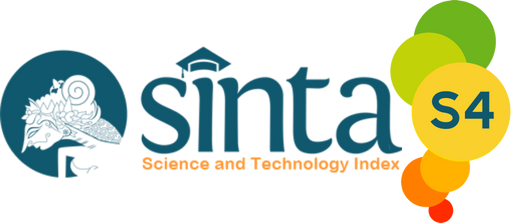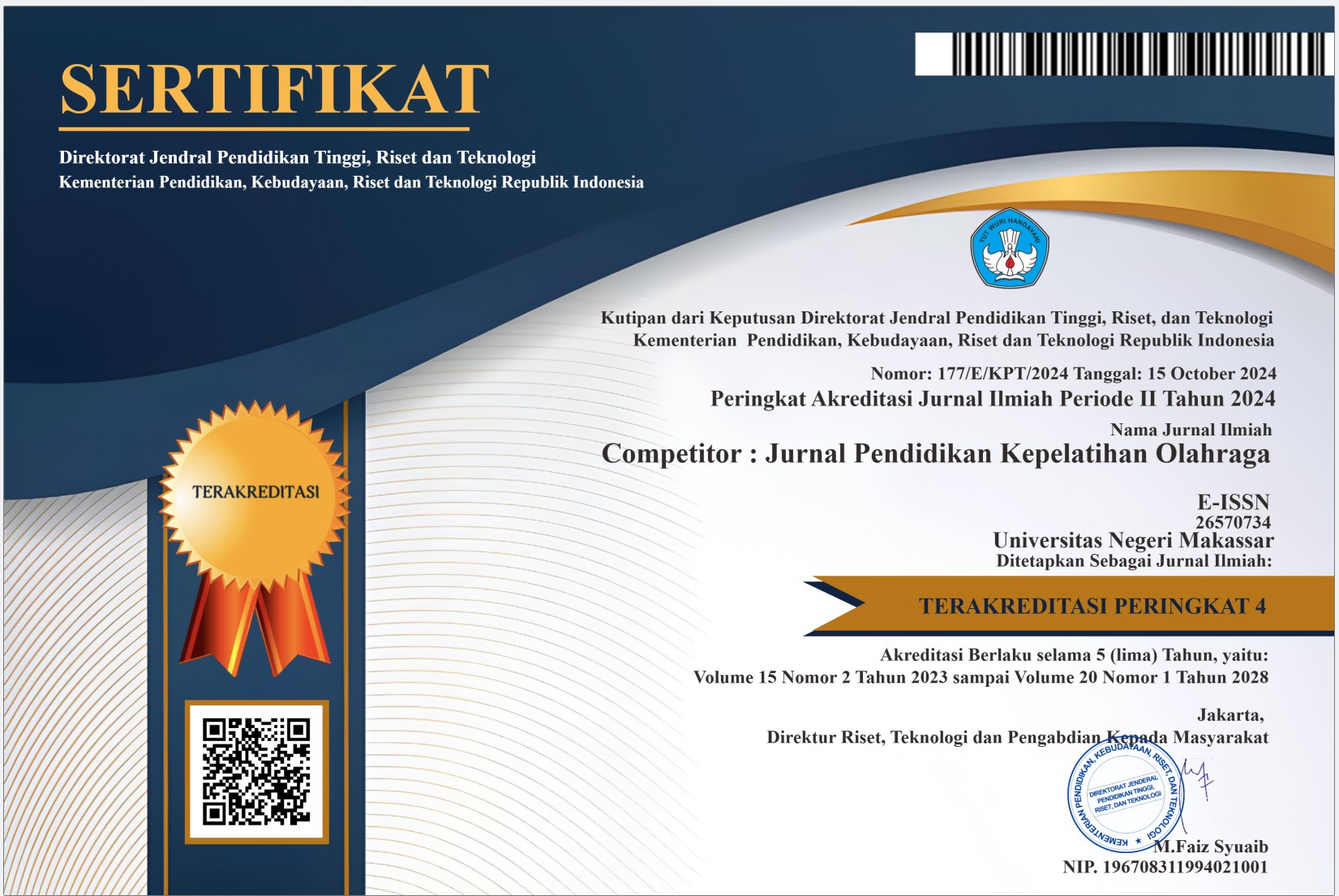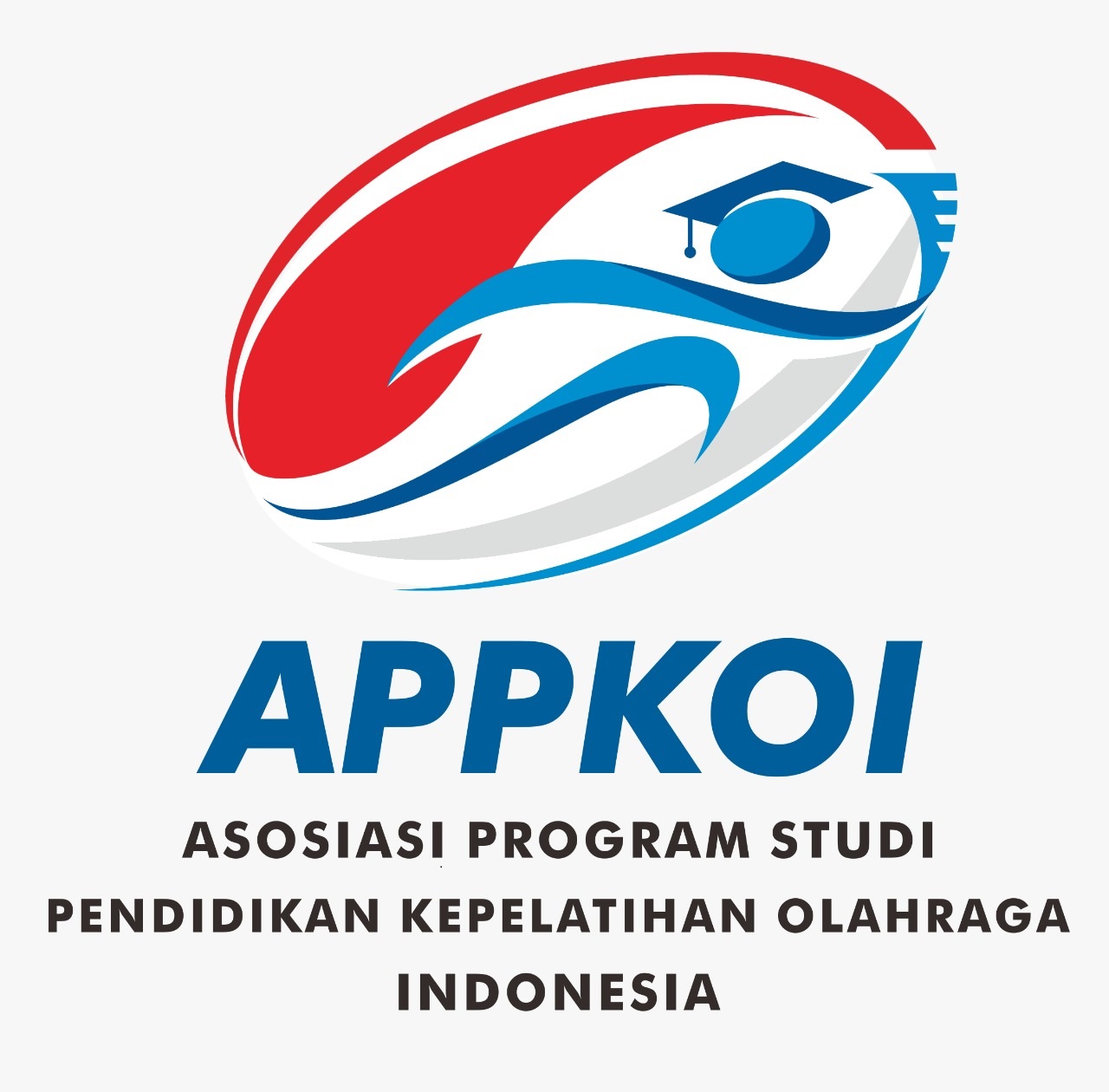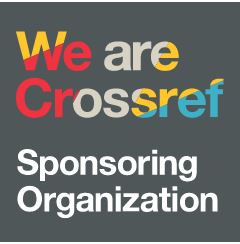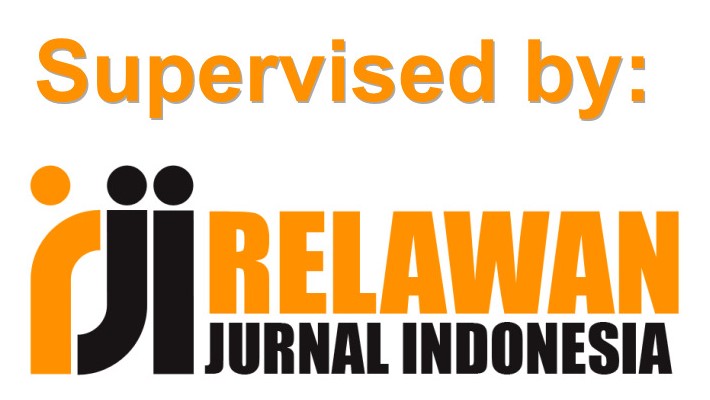The Effect of Arm Power Training On Upper Service Ability In Volleyball Games of Extracurricular Students of Palu Salvation Army Christian Junior High School
DOI:
https://doi.org/10.26858/cjpko.v17i2.260Keywords:
Arm Power; Training; Upper Service; Volleyball; Extracurricular StudentsAbstract
This study aims to determine whether there is an effect of arm power training on the ability of upper service in volleyball games in extracurricular students of the Palu Christian Salvation Army Middle School. The problem in this study is: Is there an effect of arm power training on the ability of the upper limb service? This study uses a quantitative approach, involving extracurricular students of the Palu Christian Salvation Army Middle School as the population, and 20 students as samples using total sampling. This data collection technique was carried out by providing service treatment for the initial test and final test to students who were in the sample. The results of this study indicate that the average value before being given arm power training was 8.25, and after being given arm power training, 13.55, so that there was an increase of 5.3. Based on the results of the test sample calculation where t count = 12.33 while t table at the 5% level with degrees of freedom (db) = n-1 = 19 is 1.729 so it can be concluded that Ho is rejected and Ha is accepted because the t count value is greater than t table, which is 12.33> 1.729. The results of the study indicate that there is an effect of arm power training on the ability of upper service in volleyball games in extracurricular students of the Palu Salvation Army Christian Middle School. Arm power training can be used as an alternative exercise that can increase arm muscle strength, increase endurance, and increase upper body stability.
References
Abdelkarim, O., Ammar, A., Chtourou, H., Wagner, M., Knisel, E., Hökelmann, A., & Bös, K. (2017). Relationship between motor and cognitive learning abilities among primary school-aged children. Alexandria Journal of Medicine, 53(4), 325–331. https://doi.org/10.1016/j.ajme.2016.12.004
Bompa, T., & Buzzichelli, C. (2015). Periodization Training for Sports-3rd Edition. https://books.google.com/books?id=Zb7GoAEACAAJ&pgis=1
Bompa, T. O., & Haff, G. G. (2009). Periodization: Theory and Methodology of Training (5th ed.). Human Kinetics.
“Contribution of arm muscle strength and leg muscle explosive power in volleyball smash ability.” (2019). Proceedings of Yogyakarta International Seminar…, 3rd?
“Contribution of hand-eye coordination and arm muscle strength to serving accuracy in volleyball players.” (2023). Physics in Education Journal, details.
Harsono. (2015). Kepelatihan Olahraga. Bandung: PT. Remaja Rosdakarya.
Ifan Badra Wijaya, A. W., & Suryonegoro, B. M. (2021). Analysis of arm muscle strength and explosive leg power in volleyball smash ability. Journal of Educational and Exercise Studies, 6(2), 1567. https://doi.org/10.37251/jee.v6i2.1567
Kemenpora. (2022). UNDANG-UNDANG RI. No 11 Tahun 2022. Tentang KEOLAHRAGAAN. SK No 081475 A
Jeevan Kumar, P. P. (2023). A comparative study on the effects of strength and plyometric training to improve performance in an open-hand volleyball serve and spike. Khel Journal, 10(4), 3003. https://doi.org/10.22271/kheljournal.2023.v10.i4a.3003
PBVSI. (2021). Peraturan resmi bolavoli 2021-2024. Disetujui oleh : Kongres Dunia FIVB ke-37 2021 & Bidang Perwasitan PP. PBVSI.
“Power and velocity performance of swing movement in the adolescent male volleyball players…” (2023). Sport Science Review, 31(1–2), details.
Prabhu Jeevan Kumar, P. P. (2023). Comparative effects of strength vs plyometric training on serve/spike velocity. Khel Journal, 10(4), 3003.
Purwanto, D., Kandupi, A. D., & Sukrawan, N. (2023). The Influence of Target Games Training and Target Service Training of The Wall With Targets on Ability The Service Accuracy. COMPETITOR: Jurnal Pendidikan Kepelatihan Olahraga, 15(2), 213. https://doi.org/10.26858/cjpko.v15i2.46406
Sekulić, D., et al. (2021). Strength and conditioning practices and perspectives of volleyball coaches and players. Sports, 8(5), Article 63. https://doi.org/10.3390/sports8050063
Silva, A. F., et al. (2022). Strength and power training improve skill performance in volleyball players. Motriz, 28, e8412. https://doi.org/10.1590/S1980-65742022000300012
Strength and conditioning for volleyball: A review. (2024). NSCA Strength & Conditioning Journal.
Sugiyono. (2019). Metode Penelitian Kuantitatif Kualitatif dan R&D. Bandung: PT Alfabeta.
Sutriawan, A. (2022). Analisis Hasil Belajar Passing Bawah Dalam Permainan Bolavoli Pada Siswa SMP Negeri 1 Pinrang Kelas VIII. SPORTIVE: Journal of Physical Education, Sport and Recreation, 6(September), 109–113.
“The effect of arm power training and confidence on smash ability in men’s volleyball” (2020). ResearchGate publication.
“The relationship between upper extremity anaerobic power and service accuracy in elite male volleyball players.” (2021). Pakistan Journal of Medical & Health Sciences, 3230.
The effect of absolute and relative strength exercises to develop mechanical abilities of arms and legs.” (2021). RIPED Online Journal, details.”
Tsepis, E., Saez de Villarreal, E., & Kellis, E. (2021). Upper limb strength and its relationship with volleyball serve performance. Journal of Sports Sciences, 39(1), 102–110.
“Upper limbs physical fitness training in volleyball players.” (2022). Revista Brasileira de Medicina do Esporte, details.
“Upper body strength training benefits for volleyball athletes.” (2024). JVA Volleyball Magazine, online post.
Yogo, H., Yogyakarta, U. N., Rachman, H. A., & Yogyakarta, U. N. (2013). Pengaruh metode latihan dan power lengan terhadap kemampuan smash bulutangkis. October 2020. https://doi.org/10.21831/jk.v1i1.2346
Downloads
Published
Issue
Section
License
Copyright (c) 2025 Linares Almeria Kaimbu, Didik Purwanto, Adriana Bulu Baan, Christian Kungku (Author)

This work is licensed under a Creative Commons Attribution 4.0 International License.

